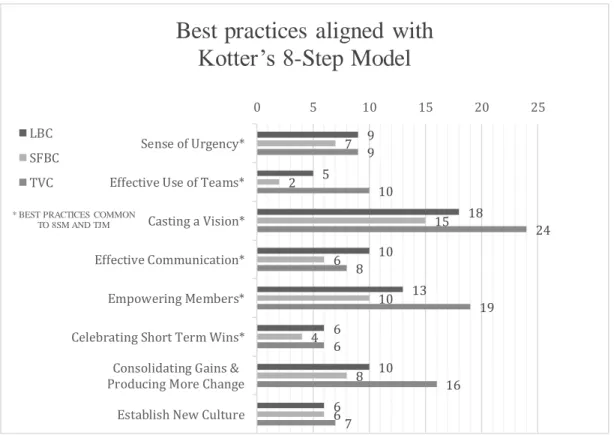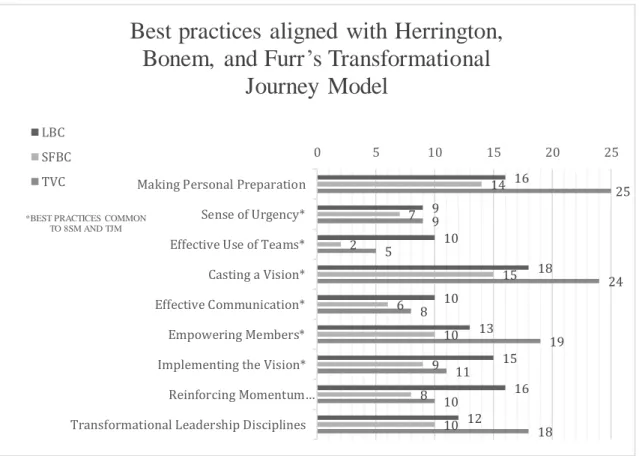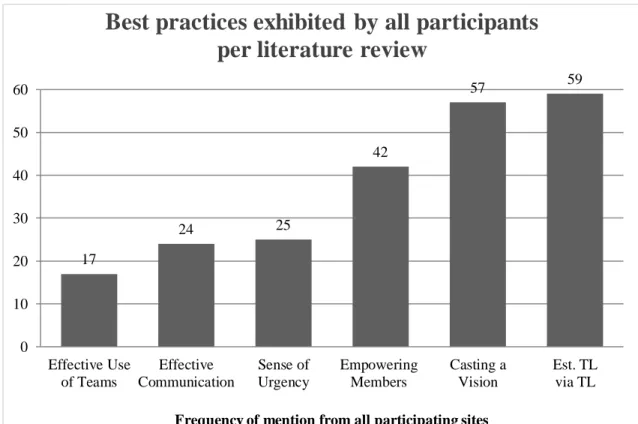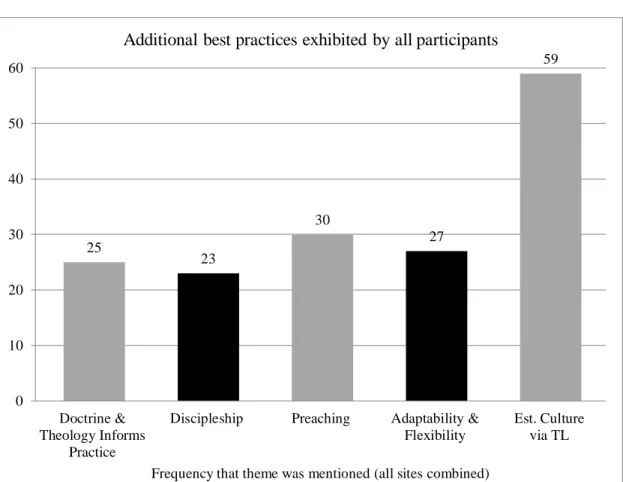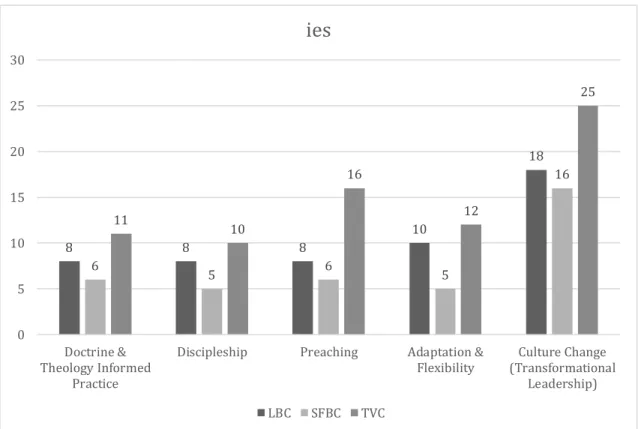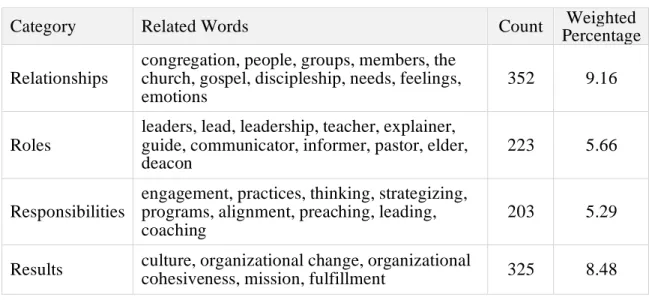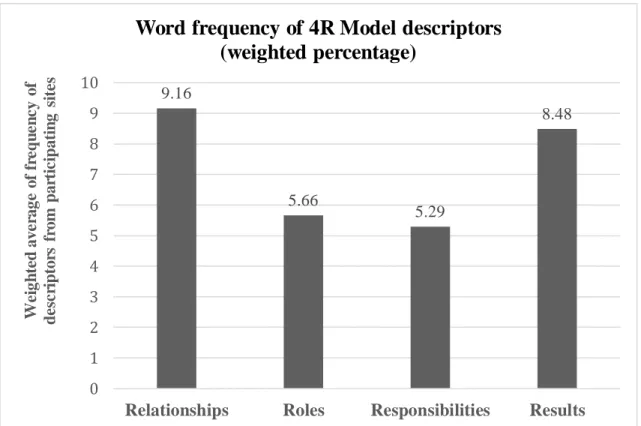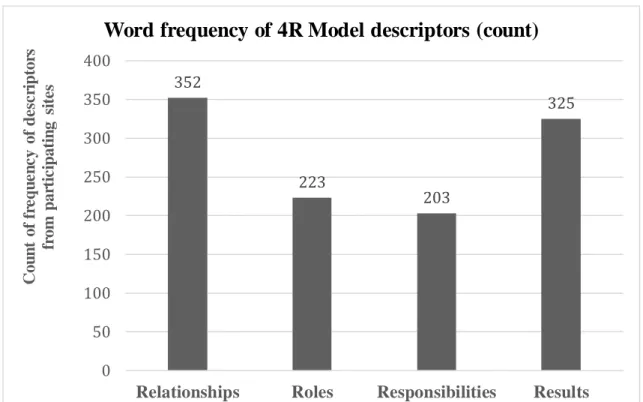Therefore, it is a critical need in the church to identify the right type of organizational change processes. 32 John MacArthur, Ashamed of the Gospel: When the Church Becomes Like the World, 3rd ed. In addition, this study sought to advance an understanding of the organizational change process in the local church.
I also interviewed leaders of model ministries on the topic of change management in the local church. QDAS), I reviewed these services to identify markers and strategies that can be adapted for implementation in the church.41. Nevertheless, changes in the church, if carried out effectively, can be a tremendous tool for effective spreading of the gospel.
3 Mark Dever, foreword to The Church: The Gospel Made Visible, 9Marks (Nashville: B&H Academic, 2012), xi. The outline of biblical principles provides a foundation for understanding a leader's role as a mediator of change in the church. In the case of the Church, of course, her mission is clear: to evangelize the world.
In the first section, I present two models that make up part 1 of the research project.
Model and the Transformational Journey Model Journey Model
They were used to assess the practices of the churches participating in part 1 of the research implementation phase of this study. In The Purpose Drive Church, pastor Rick Warren emphasizes the importance of the ongoing communication of the organizational vision. McCloskey's 4R model serves as the basis for a detailed content analysis of best practices and management approaches identified in the case studies of this research project (see Chapters 5 and 6).
The objective of this analysis is to identify the presence of the 4R Model within organizational change efforts implemented by local leadership teams in the three participating countries. More specifically, McNamee claims that the New Normal began in the first quarter of 2000. This work also contains important information from McCloskey regarding the content, process, and implementation of the 4R Model.
In times of change, organizations either rise to the challenge or crumble under its weight. They will be discussed in detail along with their relevance to the faithful implementation of the 4R Model of Transformational Leadership. The uniqueness of the 4R Model construct lies in the level of flexibility that its theory offers researchers and managers.
This chapter concludes with an overview of the data collection protocol and a report of the study's findings. Research question 1 was explored in part 1 of the study: “What are the representative best practices as exemplified by model church ministries for leading successful organizational change without. Worth metropolitan area has one of the largest and fastest growing populations in the United States.
He attributes some of the fear to a lack of confidence in the researcher's procedural approach due to the limited number of safeguards. The key element in the naturalistic approach is that the researcher looks for confirmability rather than objectivity to establish the value of the data. A second minister, known as the leadership minister, oversees the management and leadership of the church.
Second, I examined the findings and identified additional best practices for leading organizational change that were unique to ministerial contexts. Once verified, the results were examined to identify (1) best practices correlated with those in the literature review and (2) best practices unique to the context of the local church.
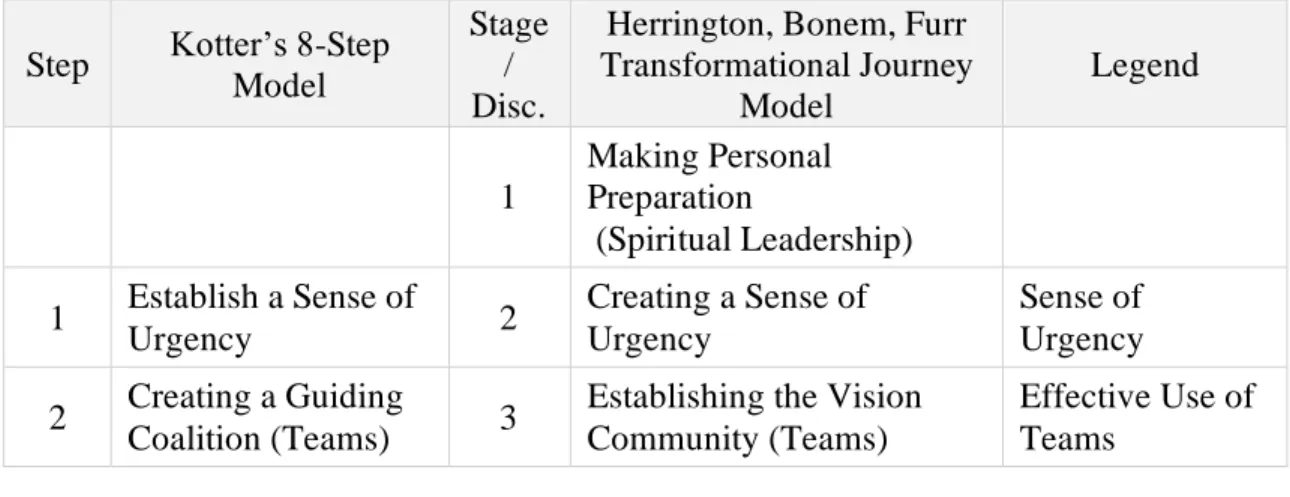
Best practices exhibited by all participants per literature review
Carson confirms the centrality of Scripture in the formation of doctrine: "The authority of the Bible must be recognized by Christians. Theology forms a philosophy of ministry, and it guides our practical approach." The centrality of the gospel to TVC's ministry is evident in every aspect of the church. 22 Matt Chandler, "The Mission of The Village Church" (sermon preached at The Village Church, Flower Mound, Texas, on August 28, 2011).
Church leaders must always be prepared to adapt to the challenges and needs of the community in which they serve. As one leader said, "The type of ministry we do within will have to mesh with the culture of the people we serve. The failure to correlate the purpose of existing programs to the mission of the church is not acceptable.
Therefore, a fundamental shift in the church member's mind, heart, and culture must occur for organizational changes to be effective. Church leadership must place organizational structures that support leadership's role in engaging the lost. The leadership at TVC provides a strong perspective on creating a new cultural shift in the life of the church.
The research shows that the leaders of the participating local churches adopt the standard best practices as identified in the literature review. Although the research design was appropriate for the current study, the findings of the study cannot be generalized to all cases of leading organizational change in a local church or ministry context. The literature review in Chapter 2 provided a general description of the local church as an organizational unit.
Nor will this kind of success serve the collective good of the entire organization in the long run. Senge, The Fifth Discipline: The Art and Practice of the Learning Organization (New York: Doubleday/Currency, 2006), 4. The final component and outer circle of the 4R model shows the results of the implementation of the other Rs.
Content analysis of the data collected from the RQ1 study implies that leadership is already engaged in some. 138 The definitions and terminology associated with each component of the 4R Model are fully described in the first pages of this chapter.
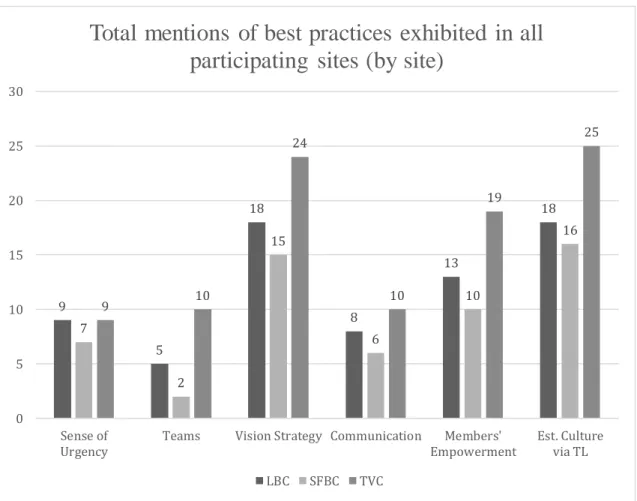
Word frequency of 4R Model descriptors (weighted percentage)
The table and graphs show an embedded presence of descriptors associated with the components of the 4R Model in the data collected for the results of the RQ1 study. This leads to the conclusion that further study on the relevance and applicability of the 4R Model in the ministry context would increase our understanding of its utility as a robust and virtue-driven model for guiding organizational change.139.
Word frequency of 4R Model descriptors (count)
The leadership teams of the participating churches in Part 1 of the research study were engaged in various levels of organizational change. Second, the research identified additional best practices for leading organizational change that were unique to ministerial contexts. 4 demonstrate church leaders' familiarity with several best practices common to many organizations undergoing change.
However, the research also indicated that there were additional best practices that were unique to the ministry contexts of the participating churches. The research of the RQ2 study (or part 2) aimed to determine whether the application of the 4R model of transformational leadership would improve the best practices of the participating sites. Leaders can guide congregations through organizational changes while preserving the church's unique identity and purpose as the bride of Christ.
That said, there was ample evidence that a significant number of best practices and components of the 4R framework were unconsciously implemented in the organizational change process of each. The findings of this study fill a gap in the current literature related to leading organizational change, particularly in the context of the local church in an urban setting. The scope of the study was further narrowed down to an in-depth analysis of two aspects of leading organizational change in the local church: (1) identifying clear markers that demonstrated how these model ministries engaged the culture around them in order to mission, and (2) evidence that these model ministries have not abandoned biblical and theological orthodoxy.
Identification and selection of multiple sites in a similar urban context could be performed through a case study approach to confirm or disprove the conclusions drawn from this study that some features of the 4R model are already embedded in the best practices of the local community. church. He writes: “The church itself is part of culture, and culture is inseparable from the church. This study has also suggested that further consideration of the 4R model of transformation leadership will significantly benefit the church pursuing organizational change.
Background: The argument of this research study is that visionary leadership in leading organizational change in the ministry arena is essential to the effectiveness and relevance of the church as it incorporates the current postmodern culture. However, the core of the research will focus specifically on the leadership practices and strategies implemented by the congregations in the case studies and how they coped with the emergence of organizational change. Furthermore, if successful organizational change is possible, as the research seeks to identify, what are some of the recognizable markers of best practices for managing change in the local urban church without abandoning biblical and theological orthodoxy.
